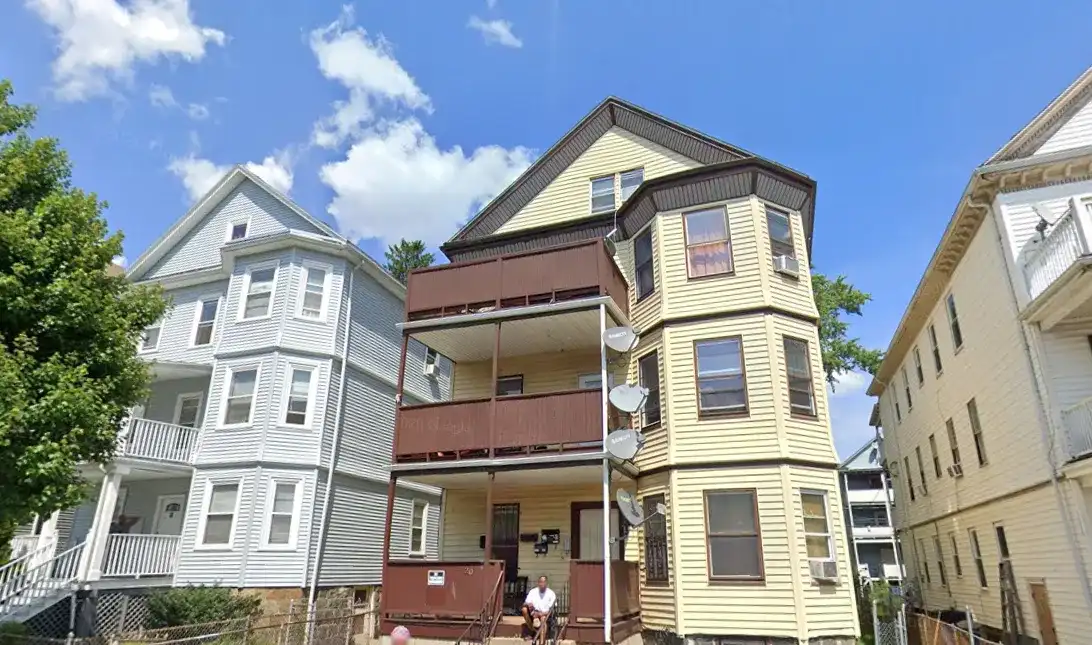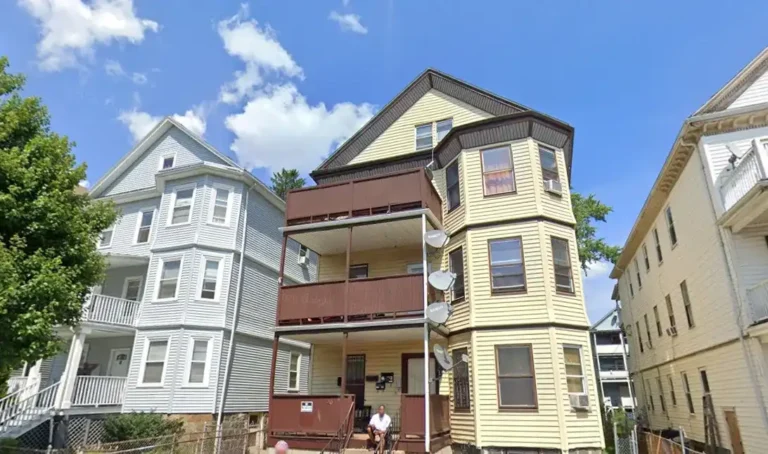“We knew that that would probably be the harder path, that it would be more complex, and that there would be more fallout,” Hobbs said. That included catching legitimate providers in the dragnet and Indigenous people being left without services. Hobbs said in an interview with the Arizona Mirror that she could not comment on the lawsuit, but the state is still responding to the sober living crisis. If you wish to contact a specific rehab facility then find a specific rehab facility using our treatment locator page or visit SAMHSA.gov.
The Role of Prayer in Staying Sober
- Several sober living operators in Minnesota have successfully navigated local regulations to establish thriving homes.
- By encouraging a sense of community and togetherness, recovering people are motivated to bond with others, support each other, and continue sobriety to retain their place in the house.
- Read on to learn about what a sober living house is, the history of sober living homes, types, who should go to one, and how you can find a sober living house.
- Encouragement from counselors and the sober living community helps strengthen accountability and gives individuals the tools they need to recognize triggers and handle them effectively.
- This transition can provide continued support while residents learn to apply their newly learned self-reliant skills to real-life situations while they remain drug- or alcohol-free in a community environment.
Sober living homes play a vital role in the recovery process by providing a supportive, structured, and substance-free environment. By understanding the purpose, benefits, and expectations of these residences, you can make an informed decision and find a home that best supports your journey to lasting sobriety. Remember, recovery is a journey, and finding the right support can make all the difference.
The term sober living generally refers to living a drug-free and alcohol-free lifestyle. The term is primarily applied to those in recovery from drug addiction or alcoholism. The rules and guidelines of the sober living house https://appsychology.com/living-in-a-sober-house/ are intended to encourage sober behavior and prevent relapse, and residents are typically required to maintain their sobriety while living in the house. Sober living can be an important transitional step in the recovery process for those who have completed an inpatient treatment program and are transitioning back into everyday living. These transitional residences provide a supportive and structured environment for individuals who have completed primary treatment for substance abuse.
What Is It Like to Stay in a Sober Living Home?
By Julia Childs Heyl, MSWJulia Childs Heyl, MSW, is a clinical social worker and writer. As a writer, she focuses on mental health disparities and uses critical race theory as her preferred theoretical framework. In her clinical work, she specializes in treating people of color experiencing anxiety, depression, and trauma through depth therapy and EMDR (eye movement desensitization and reprocessing) trauma therapy. By living together, sharing experiences, difficulties, and accomplishments, and participating in communal activities, residents can build a strong support system that will assist them in long-term recovery. Resuming work and other activities can be difficult after recovery, but living with people who understand your struggles can help.
- Typically, sober living houses aren’t as widely covered by insurance plans as rehabilitation centers.
- To foster a robust support network, IHAT brings family into the recovery process while honoring a patient’s expectation of confidentiality.
- While in sober living, individuals continue their journey of recovery through ongoing treatment and therapy.
- Sober living houses implement comprehensive rules and programming to reinforce recovery principles for all residents.
- Understanding these requirements and successfully working with community stakeholders is essential for creating a supportive and legally compliant environment.
Warning Signs of a Drug Relapse: Spot Them Early
Sober homes serve a diverse demographic of residents, but all share the common commitment to sober living. Program participants come from varying backgrounds yet unite in solidarity on the road to recovery. If you are struggling with your sobriety, sober living facilities can be a great option. Explore options as soon as possible and get the help you need to live a sober, fulfilling life.
WE ACCEPT MOST PPO INSURANCE
It originated as part of the recovery movement, offering an alternative to those who needed a safe and sober environment after treatment. Today, these homes have evolved into professionally managed facilities that prioritize recovery and provide a supportive network for residents. Once you’ve established your footing Living in a Sober House: Fundamental Rules in a sober living home, transitioning to the outside world becomes the next crucial step. This phase is about applying the skills you’ve honed and the habits you’ve developed into daily life beyond the structured environment of the home. Moreover, sober living homes often connect residents with a variety of recovery resources.
The Affordable Care Act (ACA) declares that insurance providers ought to include treatment for substance abuse disorders. That said, verify with your insurance provider whether your plan covers sober homes or not. When you embark on the path to sobriety, finding a supportive environment is crucial.
Sober living homes provide safe, sober environments to help people in recovery transition back into their community using their recovery skills. Community members may have misconceptions about sober living homes, often fueled by stigma around addiction recovery. Hosting informational sessions or neighborhood meetings can educate the community, dispel myths, and address concerns about safety or property values. As a way to help the tribal communities impacted by the fraudulent sober living home practices, the attorney general’s office launched a $6 million grant program for tribal nations and non-profits. Understanding and adhering to these rules and structures are foundational to the success experienced in these homes.
Others include stigmas around discussing addiction and seeking help, the availability of high-quality local care, and job opportunities. Especially in rural areas the availability of places in sober living homes may not be adequate to meet rising demands for care. All of these challenges contribute to a difficult recovery environment for Augusta residents. People in the early stages of addiction recovery experience boosts in energy, mental sharpness, and decision making.
These homes help bridge the gap between intensive treatment programs and independent living. By offering a safe, substance-free space, residents can focus on building life skills, finding employment, and developing healthy relationships without the temptation or pressure of substance use. Sober living houses and halfway houses are often used interchangeably as they both provide a substance-free living environment for those suffering from addiction.
Family Support and Addiction Recovery
There are also plenty of independent sober living houses that have not changed their protocols much since the late 1940s when these residences came to be. If you or someone you know has recently quit drinking alcohol and is now sober—congratulations, quitting alcohol can be a long and difficult process. However, you might be wondering what happens now that the detox is over, you’ve completed your stay at an addiction treatment center, and it is time to go home. Many patients don’t realize the toxicity of prolonged alcohol abuse and how it affects the body.












